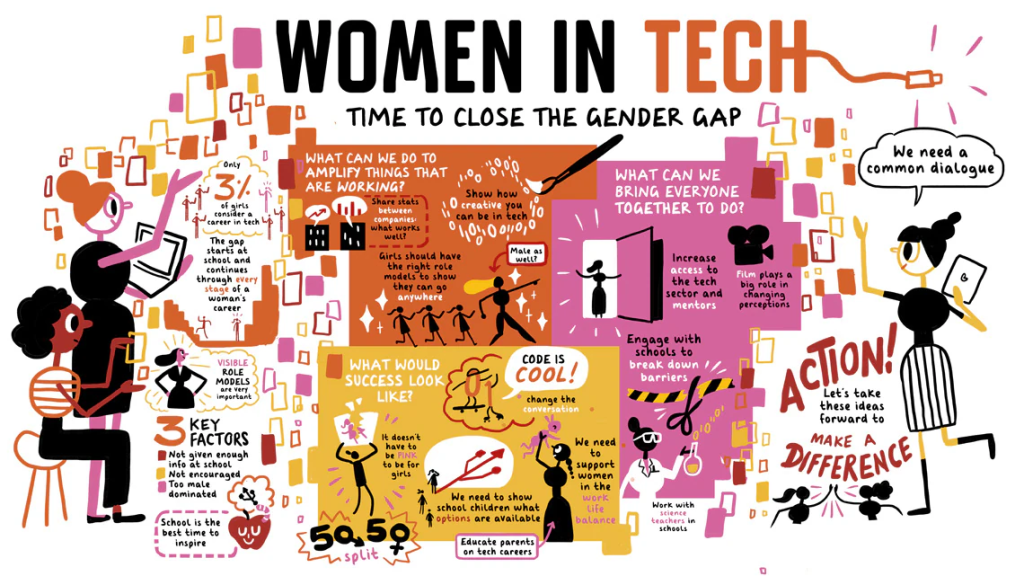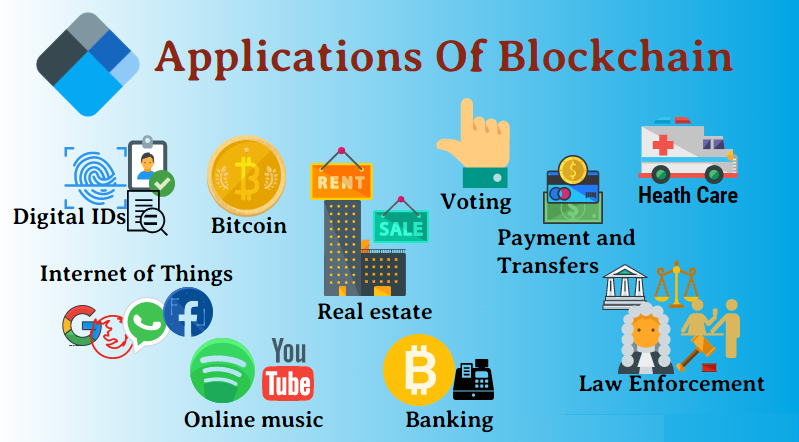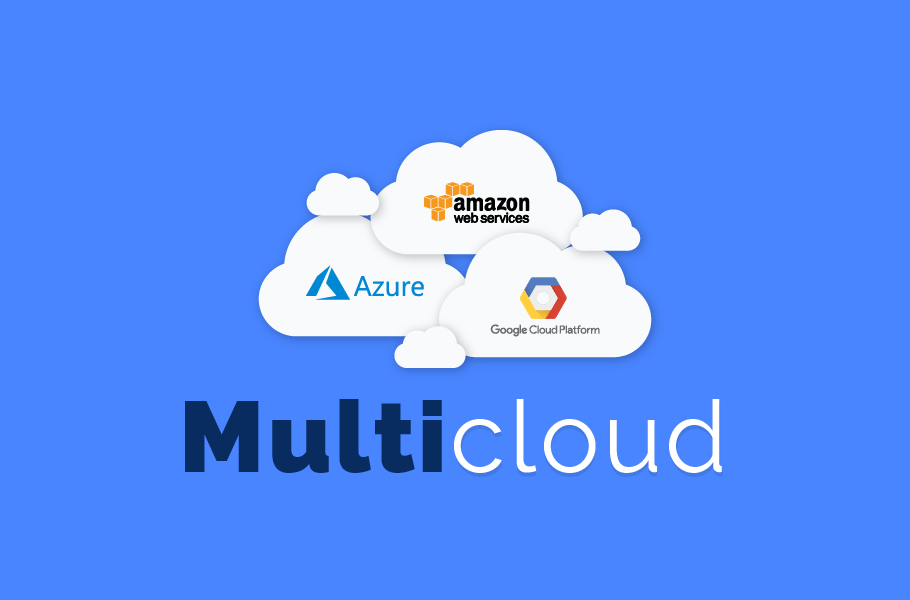
In the ever-expanding digital landscape, YouTube has emerged as a powerhouse for content creators, allowing individuals from diverse backgrounds to share their creativity, knowledge, and passion with a global audience. As we venture into the future, the world of YouTube content creators is set to undergo transformative changes. In this blog post, we’ll explore what lies ahead for these innovative individuals and the platform they call home.
1. Diverse and Niche Content
The future of YouTube content creation will be characterized by even more diverse and niche content. As the platform matures, creators will delve deeper into specialized topics, catering to audiences with unique interests. Whether it’s miniature cooking, vintage video game reviews, or DIY space exploration, YouTube will continue to be a hub for enthusiasts of all kinds.
2. High Production Values
With the accessibility of high-quality cameras, editing software, and production tools, the bar for production values on YouTube will continue to rise. Creators will invest more in their content, offering viewers visually stunning and well-produced videos. This shift will create a more immersive and engaging viewing experience.
3. Collaborations and Communities
Collaborations among content creators and the formation of online communities will be paramount. Creators will work together on projects, livestreams, and cross-promotions, fostering a sense of belonging and connection among their audiences. The future YouTube ecosystem will be a dynamic network of creators supporting and inspiring one another.
4. AI and Personalization
YouTube’s recommendation algorithms will become more sophisticated, suggesting content tailored to individual viewers’ interests. Creators will need to adapt to these changes by creating content that appeals to both their core audience and new viewers who discover their videos through recommendations.
5. Interactive and Immersive Content
Expect to see more interactive and immersive content experiences. Creators will experiment with virtual reality (VR), augmented reality (AR), and 360-degree videos, allowing viewers to engage with content in entirely new ways. Interactive storytelling and virtual tours will become commonplace.
6. Monetization and Sustainability
Monetization strategies will evolve. Creators will diversify their income streams, relying on not just ad revenue but also merchandise sales, affiliate marketing, Patreon, and other crowdfunding platforms. Sustainability will be a key focus, as creators seek to make a living from their passion.
7. Social Responsibility and Authenticity
YouTube content creators will increasingly use their platforms to advocate for social causes and address important issues. Authenticity and transparency will be valued by audiences, and creators will be expected to use their influence responsibly.
8. Regulation and Copyright
As the platform grows, it will face increased scrutiny and regulation. Creators will need to stay informed about copyright laws and adhere to YouTube’s evolving policies to ensure their content remains visible and monetizable.
Conclusion: A Bright Future Ahead
The future of YouTube content creators is promising and full of opportunities for innovation. As the platform continues to evolve, creators will play a vital role in shaping its landscape. Whether you’re a creator or a viewer, the YouTube of tomorrow promises an exciting and ever-changing array of content that reflects the rich tapestry of human creativity.
So, whether you’re a fan of tech reviews, beauty tutorials, or quirky niche interests, buckle up for an exciting journey through the diverse and dynamic world of YouTube content creation. The future is bright, and the possibilities are endless!
Stay tuned for what’s next on this ever-evolving digital stage.
















